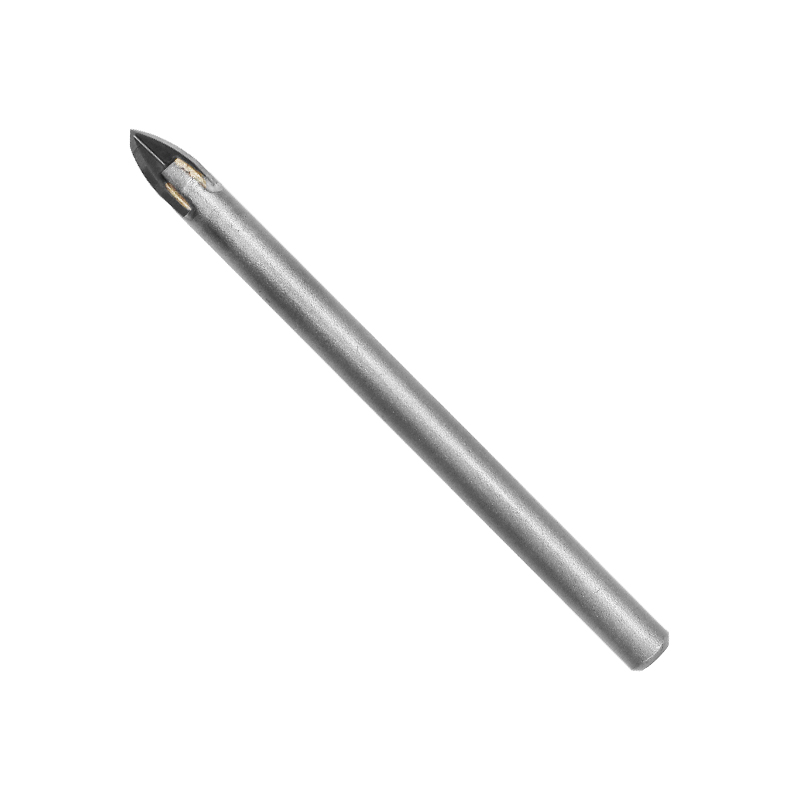2025-08-15
The Importance of Speed and Pressure Control in Glass Drilling
Drilling glass requires a delicate balance of speed and pressure to avoid cracks, chips, or complete breakage. A Glass Drill Bit is specifically designed to penetrate hard, brittle glass surfaces, but improper use can easily cause damage. Properly managing rotational speed (RPM) and applied pressure is essential to ensure clean holes, prolong the life of the drill bit, and maintain the integrity of the glass.

Recommended Rotation Speed When Using a Glass Drill Bit
Glass is highly sensitive to heat and mechanical stress, which makes controlling the drill’s rotational speed critical. High speeds generate excessive heat that can cause the glass to expand unevenly, causing cracking or shattering. Generally, a low to moderate speed range, typically between 300 and 1000 RPM, is recommended depending on the glass thickness and type. Thinner or more fragile glass requires the lower end of this range, while thicker glass can tolerate speeds near the upper limit. Using a drill with variable speed control enables fine adjustments tailored to the specific material and thickness.
Proper Pressure Application for Glass Drilling
Alongside controlling speed, applying the right amount of pressure is crucial. Excessive pressure can cause the drill bit to bind or suddenly break through the glass, resulting in chips or cracks. Too little pressure, on the other hand, may cause the bit to slip or wear unevenly, prolonging the drilling time and increasing the risk of damage. The suitable technique involves using gentle, steady pressure that allows the bit to slowly grind through the glass surface rather than forcibly cutting it. This approach reduces mechanical stress and promotes smoother drilling.
Combining Speed and Pressure for Suitable Results
The interplay between speed and pressure dictates the overall success of glass drilling. Starting the hole at a very slow speed with light pressure helps the bit establish a stable contact point and prevents slipping. As the hole deepens, maintaining a consistent moderate speed and steady pressure ensures gradual, controlled penetration. This reduces heat buildup and mechanical shock. Pausing periodically during drilling to allow cooling also helps prevent overheating. Additionally, using cooling agents like water or specialized lubricants further aids in heat dissipation and debris removal.
Additional Tips for Controlling Speed and Pressure
To further optimize drilling, securing the glass firmly on a flat surface prevents vibrations that can cause uneven pressure and damage. Employing a sacrificial backing board beneath the glass can help support the material and reduce breakage risk. Using a drill with a variable speed trigger provides better tactile feedback, allowing the operator to modulate speed and pressure intuitively. Avoiding aggressive starts or sudden increases in speed and force is important to maintain control and avoid cracks.
Conclusion: Mastering Speed and Pressure Control for Safe Glass Drilling
In conclusion, controlling rotational speed and applied pressure when using a Glass Drill Bit is vital to achieving precise, crack-free holes in glass. Operating within the recommended low to moderate speed range, combined with gentle and steady pressure, reduces heat generation and mechanical stress on the glass. Incorporating cooling techniques and proper support further enhances drilling safety and efficiency. Mastery of these factors not only protects the glass from damage but also extends the drill bit’s service life, making glass drilling a more predictable and successful task.